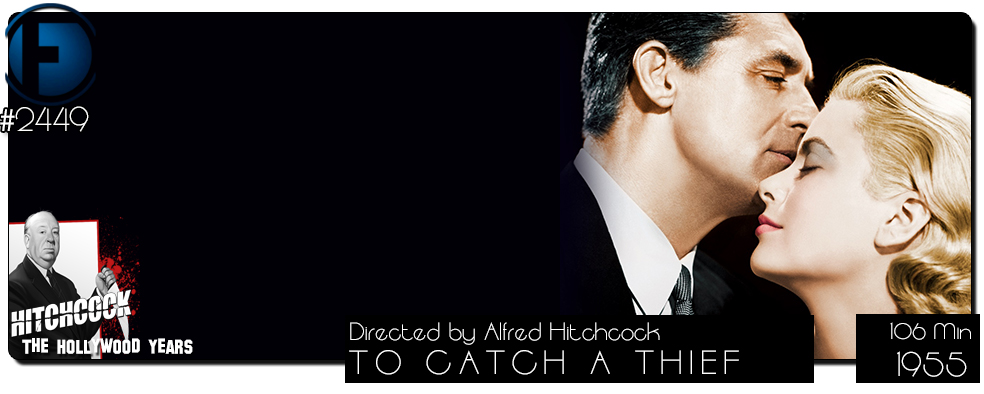Movie Review – To Catch A Thief
Principal Cast : Cary Grant, Grace Kelly, Jessie Royce Landis, John Williams, Charles Vanel, Brigitte Auber, Jean Martinelli, Georgette Anys, Rene Blancard, Paul Newlan.
Synopsis: A retired jewel thief sets out to prove his innocence after being suspected of returning to his former occupation.
********
My God, what glory is to be found within the frames of Hitchcock’s French Riviera-set crime romance, To Catch a Thief. The warm Mediterranean setting and an omnipresent feeling of luxury and escape, mixed with two absolutely gorgeous lead actors in Cary Grant (who, I have on the authority of my wife, is a very handsome man) and a stunning, newly Oscar-minted Best Actress Grace Kelly (winning for her turn in 1954’s The Country Girl with Bing Crosby), not to mention a sizzling chemistry between the two and a gaggle of memorable locations, provide all the ingredients for a wonderfully nostalgic caper flick — part romance, part thriller — that satisfies entirely. While elements of the plot feel a touch anachronistic, almost to the point I cackled unironically at various moments, the whimsy and charm of the performances, and Hitchcock’s masterful lensing and sense of pacing, make To Catch a Thief a pure delight to view for the first time — or revisit after a long while.
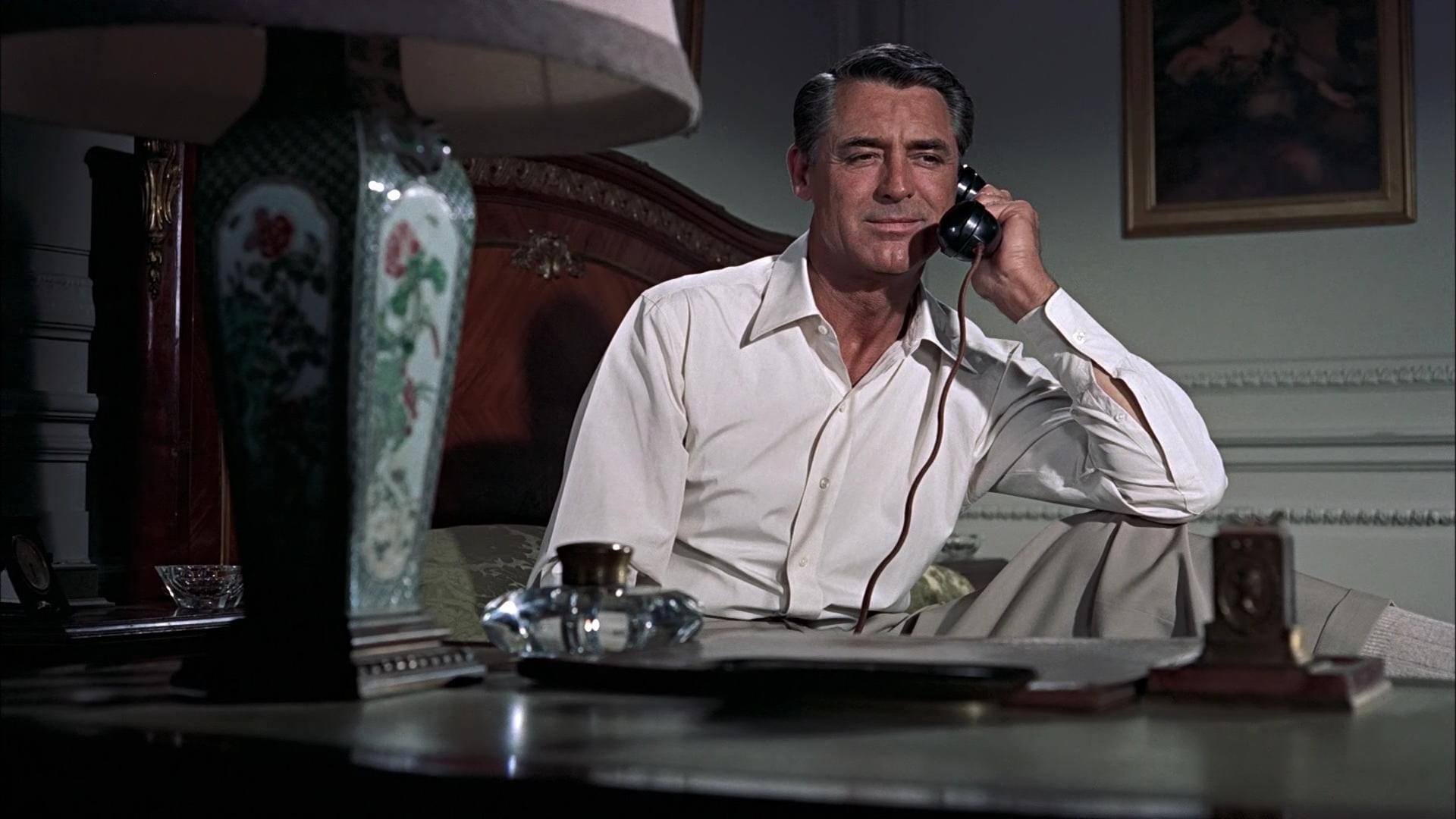
In To Catch a Thief, retired cat burglar John Robie (Cary Grant) finds himself the prime suspect in a string of high-profile jewellery thefts mirroring his former crimes along the French Riviera. Determined to prove his innocence, Robie sets out to catch the real thief in the act, enlisting the help of insurance agent H.H. Hughson (John Williams) and becoming entangled with wealthy American heiress Frances Stevens (Grace Kelly), whose mother Jessie (Jessie Royce Landis) is among the latest victims. As Robie investigates the copycat, he navigates police scrutiny, romantic intrigue, and a calculated scheme to trap the culprit during an opulent costume ball.
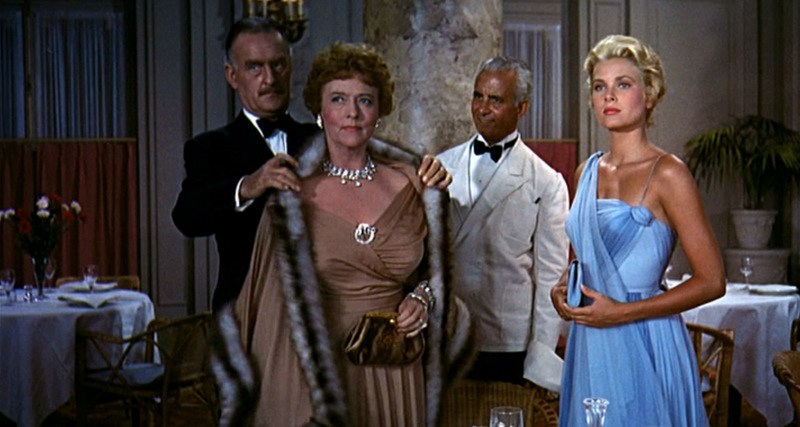
Younger viewers with no idea what a “cat burglar” is may be in for a surprise if they approach To Catch a Thief, a film built on the proposition that someone might sneak into your bedroom while you’re sleeping and steal precious jewellery and valuables from under your nose — dressed like a psychotic ninja and obviously predisposed to using particular “styles”. It’s something I imagine is an imaginative Hollywood executive’s way of ensuring narrative urgency. The fact that Grant’s John Robie remarks that the thief has “stolen his style” to operate in France’s luxurious southern regions heightens the inherent tension between him and the local police — a catalyst Hitchcock and screenwriter John Michael Hayes make a point of highlighting at every opportunity. It’s also one of the less modern ideas in the film that dates it considerably — ain’t nobody doing that kind of thing these days, being a “gentleman thief” and all. But it’s a cool conceit that works within the context of the film’s tableau of mid-’50s France, a decade after the war (which is referenced as well, skirting darker, more ghoulish character themes Hitchcock inexplicably doesn’t dig deeper into). The relatively light-hearted comedic elements of the film and the white-hot chemistry between Grant and Kelly — trust me, they ignite the screen both figuratively and, thanks to an all-too-obvious fireworks entendre, literally — turn what could have been an out-and-out thriller into something more… palatable, I suppose.
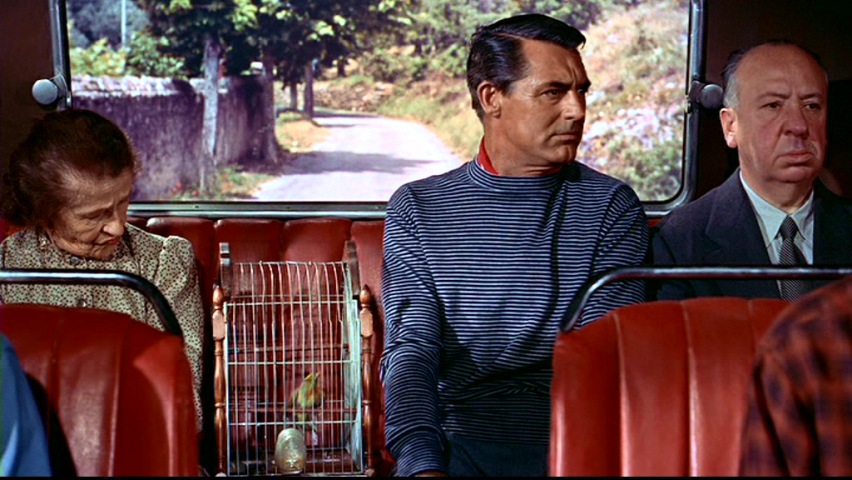
I acknowledge that while the story of a retired thief having to return to his old job to catch someone pretending to be him isn’t particularly fresh — doubtless even so in 1955 — Cary Grant’s turn as John Robie is so effortlessly charming you can’t help but want him to win. I mean, the guy’s backstory paints him as a bit of an arsehole, but he’s a lovable rogue who’s gone straight and is enjoying the quiet life in the South of France before trouble arrives. Allusions to Robie’s wartime French Resistance membership abound in the film’s first act, and I spent a bit of time refreshing myself with Google about exactly what that entailed, before Grace Kelly arrives on screen and absolutely steals the film away from her male co-star. Simply put, Grace Kelly is stunning in this movie. You cannot take your eyes off her; she radiates old Hollywood charm they just don’t make anymore. Being dressed by legendary costume designer Edith Head’s astonishing haute couture is half the fun of this stylish, slick adventure, and Kelly embodies both a simple femininity and a strong, capable woman with her own agency — despite the on-screen relationship between her character and that of Jessie, her whip-smart mother.
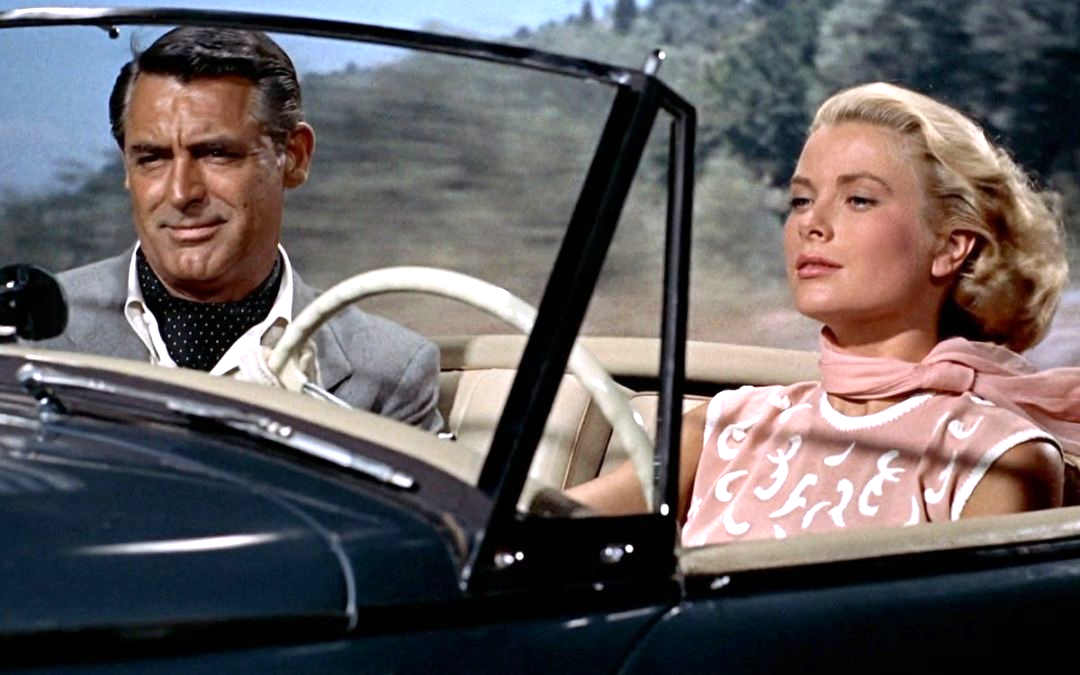
One of the crucial highlights of the film’s exotic tone is Hitchcock’s wise choice of stunning French Riviera locations in which to film. Parts of Nice, Cannes and Monte Carlo feature prominently, as well as various southern French mountains and Mediterranean landscapes, all of which add a sense of epic globetrotting to the movie (even if, technically, everything occurs within a 100km radius). The sense of luxury and extravagance is ever-present. This backdrop serves as a visual soft pillow for our two leads to rest in — at one point, making out in a car far above the casinos and streets of Monaco, overlooking the ocean — and the summery aesthetic is key to the very tense finale in which Robie and Frances try to lure out the real thief at a beautiful masquerade ball. The various secondary characters — the local police and even John Williams’ bobble-headed insurance adjuster — provide vague Euro-centric appeal and weight to the scattered plot, but for the most part you’re just aching to see Grant and Kelly on screen together, sparring verbally and trying to outwit one another. In many respects, the principal plot takes a back seat to the dynamic way Hitchcock uses his twin flames to engage the viewer with propulsive character development. The fact that Grace Kelly would abandon her film career to become Princess of Monaco in 1956, at the age of 26, dying there suddenly in 1982 after suffering a stroke and crashing her car, lingers over the film somewhat grimly. A sequence in which she speedily drives Grant through the hills above Nice trying to escape police pursuit feels eerily predictive of her fate.
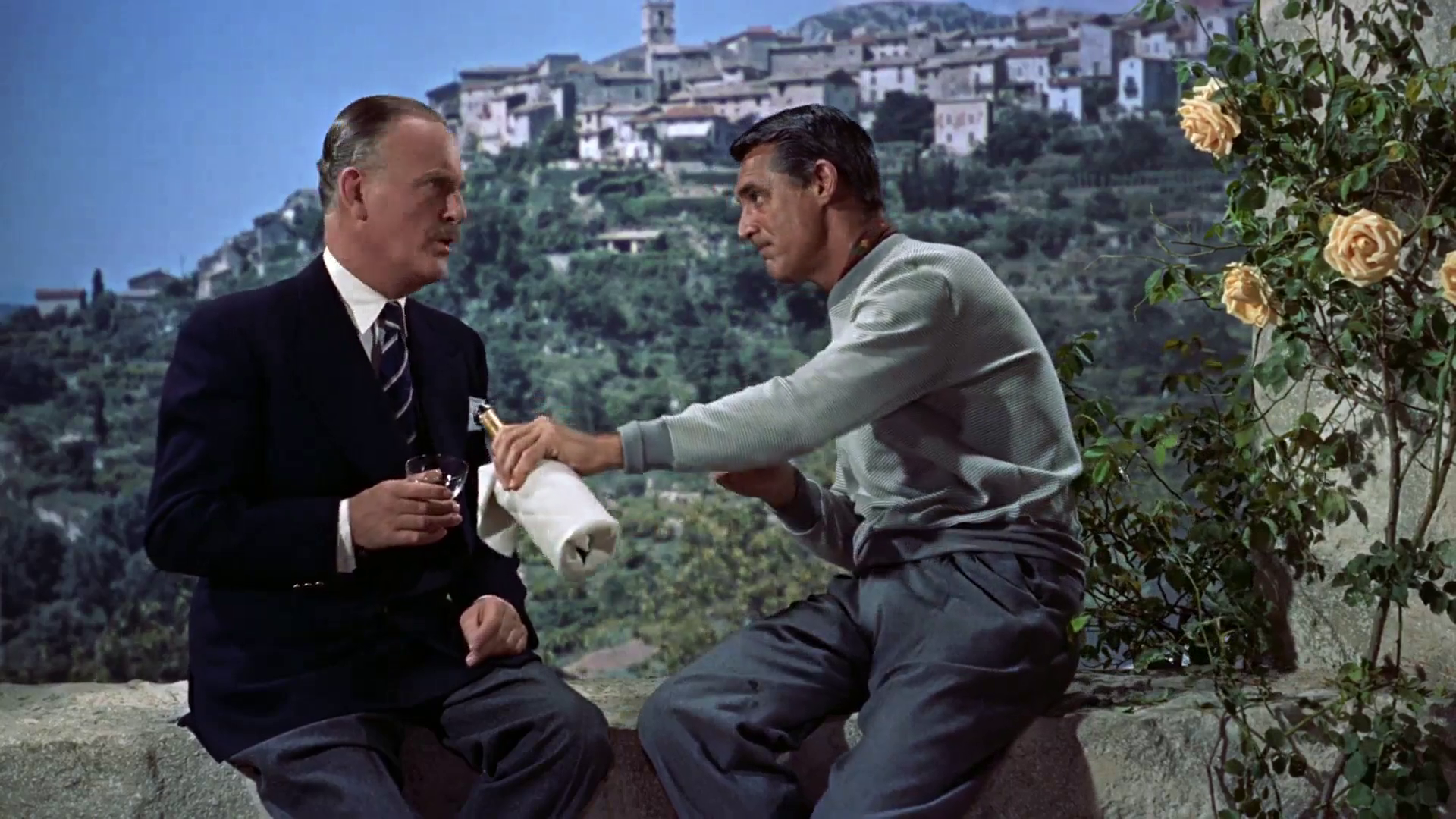
That said, the film crackles with chemistry and a specific Hitchcockian vibe that elevates the material. Hitch crafts each scene — whether quiet chatter or raucous bombast — with his usual keen sense of style, placing his camera to capture exactly what the viewer needs to see at all times. Even if that means misdirecting us, somehow. I think, however, this is one of those rare occasions when the sheer enjoyment of the people on screen doing what they do, and our enjoyment watching them do it, is greater than anything accomplished behind the camera. For a master director to have the luxury of such commanding and eminently watchable actors at his disposal, at the height of their powers, the film was always going to be successful. Inexplicably, the reception of the film on debut was mixed to lukewarm, and I believe it’s only in retrospect that it’s been declared one of the great films of Hitch’s career, and a primary touchstone for the crime/romance/caper genre. It’s surely become a shorthand for modern exemplars of the type, and I’d argue I’m yet to see a film that replicates the way Grant and Kelly interact with such intensity as to transcend the medium. Every time Cary Grant glances at Grace Kelly you can almost see his brain wondering how lucky he is to share the same oxygen as her; my God, she’s truly luminous here.
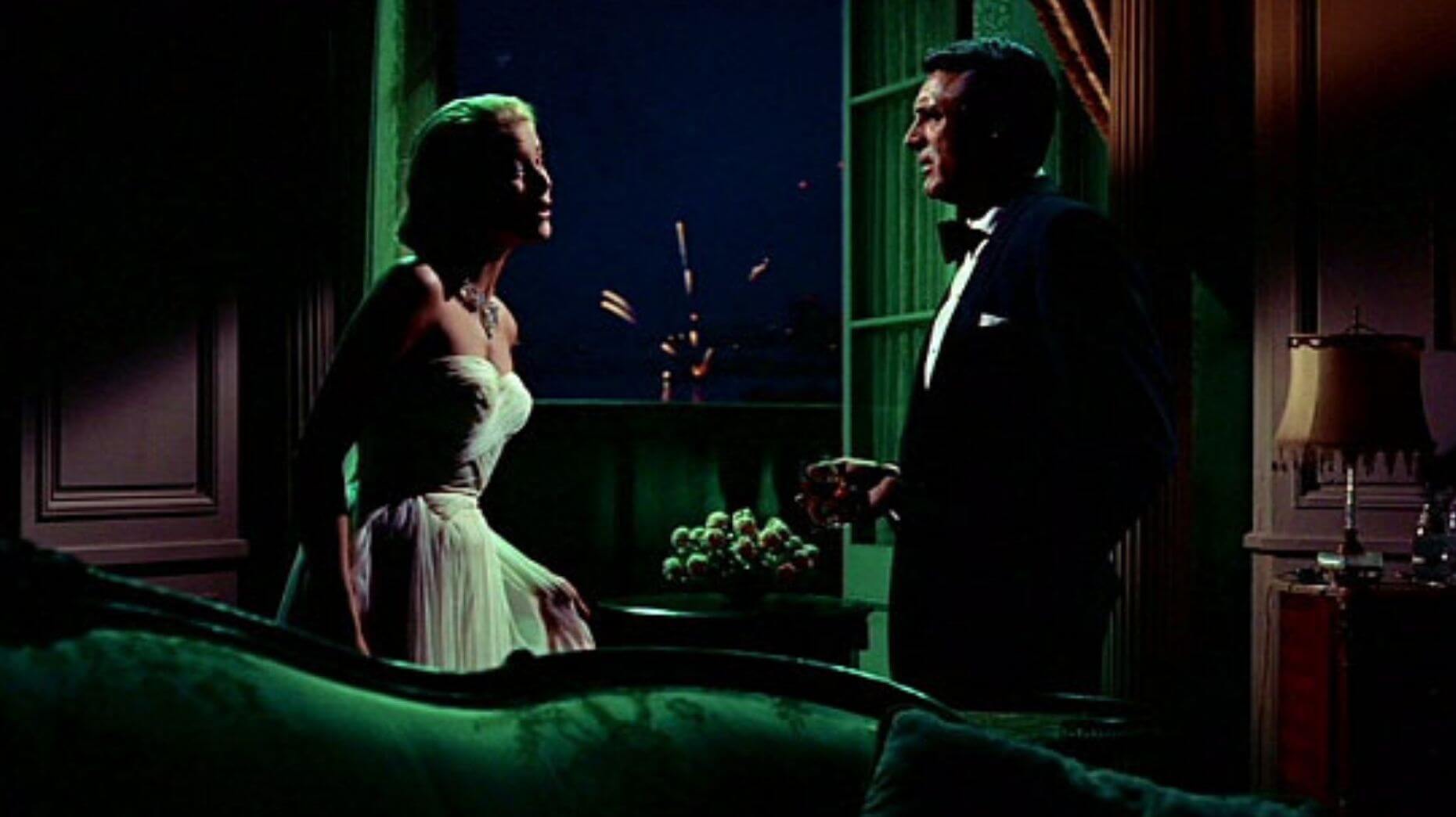
Although some of the intrinsic plot conceits might feel a bit dated today, the joy of To Catch a Thief comes from the wonderful interplay between Kelly and Grant — and to a lesser but no less important degree, the wider ensemble all working within Hitch’s tight framework and direction. The location footage is wonderful — the film was the first of Hitchcock’s to utilise the nascent VistaVision process, and it truly does bring the viewer into southern France with its crisp, bright detail — and the story, while never overly complex, is briskly handled. Dialogue vibrates off the page in the hands of the cast, and Hitchcock’s verve for editing, pacing and structure — not to mention his immense talent for trick shots and drawing the viewer into his world — remains as pure here as it ever was. To Catch a Thief is absolutely a classic for a reason… well, two of them: Cary Grant and Grace Kelly, neither of whom have ever been hotter than they are together in this. Thoroughly recommended!

